reflectingBARCELONAtourism
Barcelona is one of the most important centres of European city tourism. The city is experiencing strong tourism growth, which is associated with profound changes in the urban environment. Many residents, as well as political and civil society actors, now perceive tourism in some ways as a burden. Some are protesting against the fact that their everyday space is being appropriated and their quality of life is being eroded. A close look at selected urban districts of Barcelona shows that changes and negotiation processes connected with touristification follow different courses. This transformation is multifaceted and is embedded in complex and even contradictory contexts.
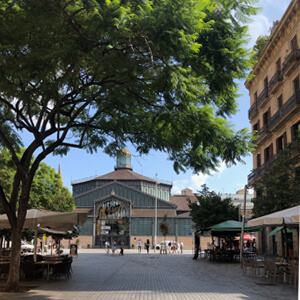
El Born
Between authenticity and staging
El Born, the neighbourhood in the heart of Barcelona's old town. Fashion boutiques, restaurants, cafés and art galleries – all this characterizes this area, which is particularly popular with tourists. Here, they can stroll through old, narrow streets and get a feeling for the special lifestyle of the people in Barcelona. Small, cosy, chic – authentic?
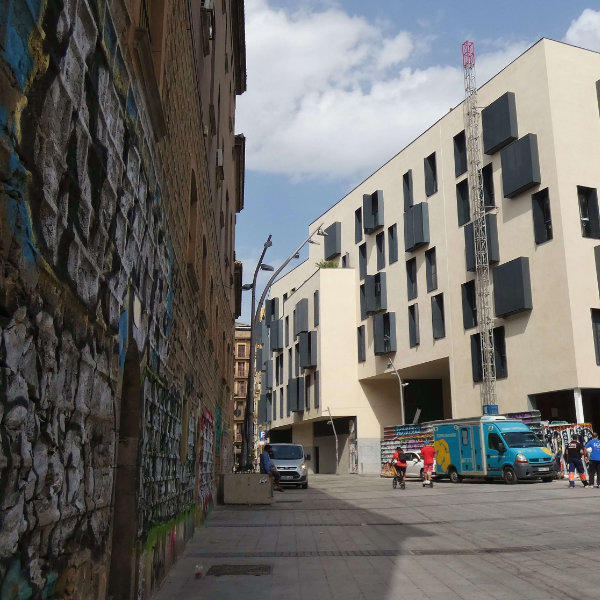
El Raval
Economic Development and Resistance
El Raval is a spot where the problems of a historically poor working class and the expansion endeavours of a globalised tourism industry intertwine. This is a story about globalization and tourism; about adaptation and resistance; about crime and the fight against it and about a vibrant district: It is the story of El Raval.
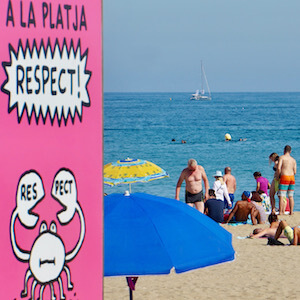
La Barceloneta
Between mass and moderation – living with tourism
Sun and sea lure tourists from all over the world to the beach of La Barceloneta. But the daily flow of tourists inside the city is changing the district profoundly. The consequences include facilities designed to meet the needs of tourists and overloaded infrastructures. While some people make a living from tourism, others perceive it as a burden.
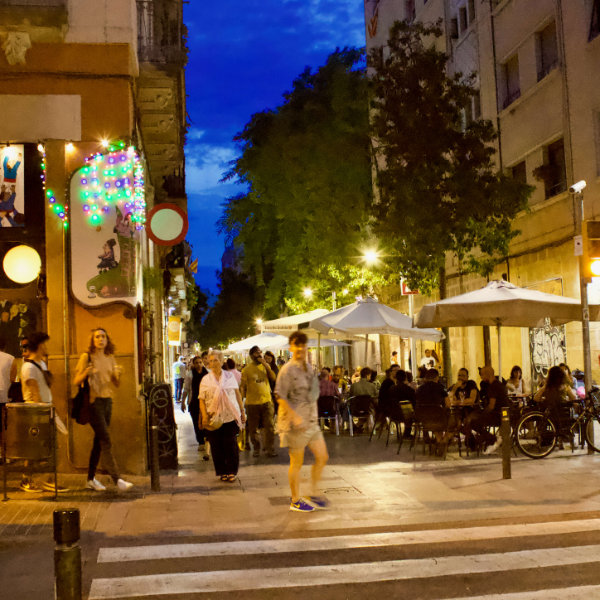
Poble Sec
A "tourist gem" away from the city centre?
The Poble Sec district, to the south of the city centre, with its innumerable bars like beads on a string, invites passers-by to linger for a while. How has this former working class district changed, what aspects of touristification can currently be observed, and what future developments can be expected?
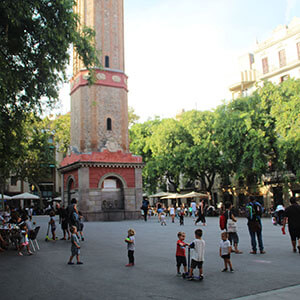
Vila de Gràcia
A Neighbourhood in a Balancing Act
Known as the ‘village in the city’ and for its own strong identity, Vila de Gràcia is experiencing a great popularity among tourists in recent years. Currently, the development is at the tipping point between growing tourism and preserving the quality of life of the residents. Is it possible to find a balance between those different directions?
This website documents the results of a case study entitled "Touristification in Barcelona" which was conducted in September 2019 as part of the Master's programme "Geography of Global Change" at the University of Freiburg. The study is designed to examine and document the process of touristification from the perspective of different actors at different locations in Barcelona. It provides a differentiated understanding of the causes, characteristics and effects of touristification. In addition, it helps to identify ways in which both locals and visitors can better deal with the stress and challenges of touristification, but also appreciate its potential.
Before proceeding to a study of selected urban districts in Barcelona, the students looked carefully at theoretical and conceptual interrelations in urban and tourism research. Among other things, they attended a conference on "Touristification of Urban Spaces" from 22 to 24 May 2019 in Freiburg. In addition, the students acquired a grasp of the principles of cross-media formats (video, photo, text) to document their work. The first impressions of their fieldwork in Barcelona were posted on instagram.com/ reflectingBARCELONAtourism/.
We would like to thank Alumni Freiburg e.V. and the Verband der Freunde der Universität Freiburg e.V. for their generous support of this seminar!
Chair: Professor Tim Freytag and Clara Sofie Kramer
Support for crossmedia and journalism: Karsten Kurowski
Students: Katharina Agena, Matthias Berresheim, Simon Coenen, Felix Degner, Julia Dickow, Theresa Ebersold, Alina Grebe, Lea Gockel, Tobias Hertrich, Janne Hesse, Corinna Jürgens, Jakob Kramer, Moritz Lauser, Yannick Layer, Wanja Leippold, Mario Pfeifer, Franziska Reitzenstein, Marie Spallek, Lena Weber, Henrike Zimmer